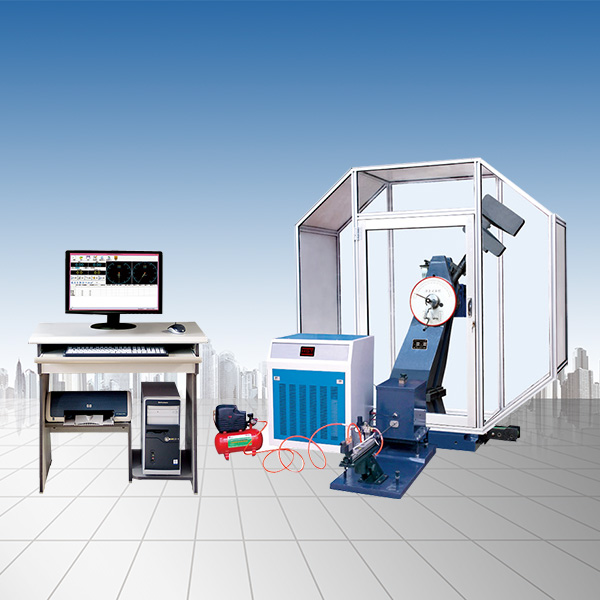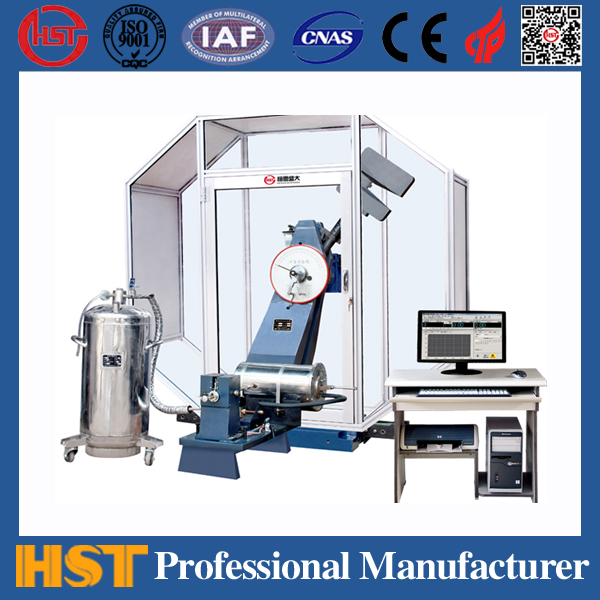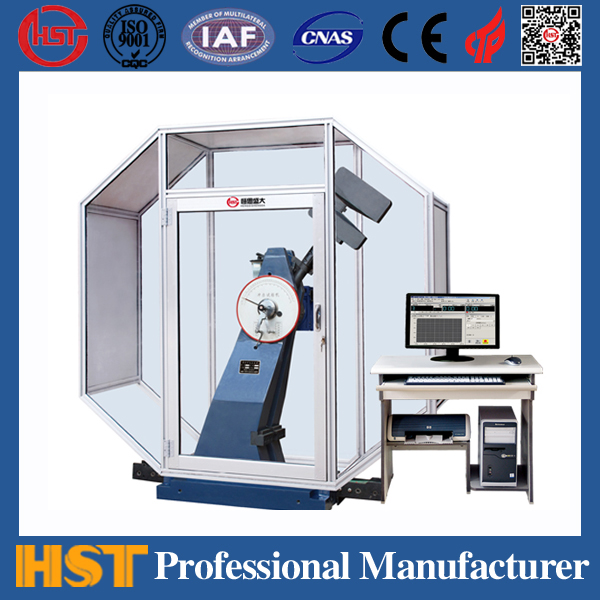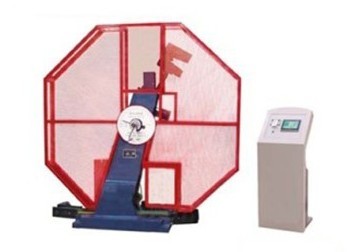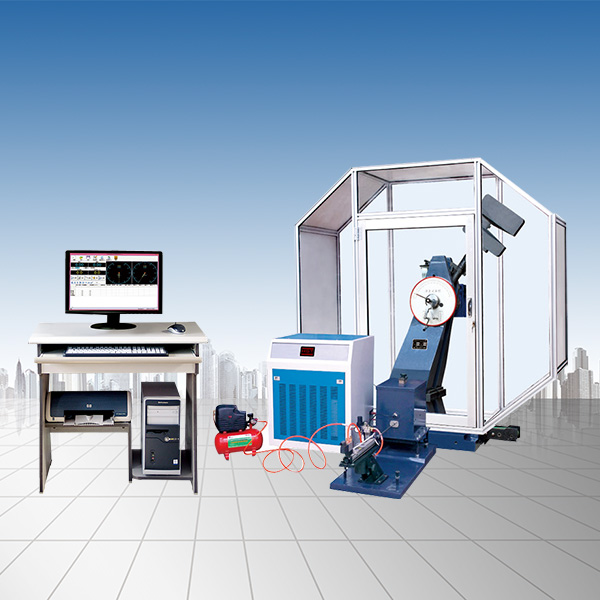News
Precautions for the use of hardness meter and scientific maintenance methods
Release time:2020-11-04 source:Jinan Hengsi Shanda Instrument Co., Ltd. Browse:
A hardness meter is an instrument that measures the hardness of an object. It measures the hardness of rubber or plastic of a scraper blade. According to the traditional and simple degree, it can be divided into two types: simple hardness meter and complex hardness meter. This time, the editor will introduce to you the scientific maintenance methods and precautions for hardness meter.
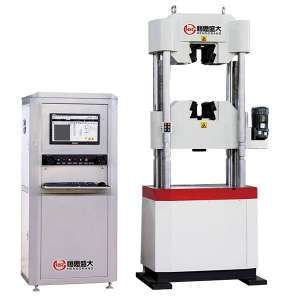
1. Things to note when using hardness meter
1. The hardness meter itself will produce two kinds of errors: one is the error caused by deformation and movement of its parts; the other is the error caused by the hardness parameters exceeding the specified standards.
Each hardness scale has a de facto scope of application and must be correctly selected according to regulations. Because when it exceeds its specified test range, the accuracy and sensitivity of the hardness meter are poor, the hardness value is inaccurate, and it is not suitable for use. Other hardness testing methods also stipulate corresponding calibration standards. The standard block used for calibration hardness meter cannot be used on both sides, because the hardness of the standard and back sides may not be consistent. Generally, the standard block is valid within one year from the date of calibration.
2. When replacing the indenter or anvil, be careful to wipe the contact area clean. After replacement, test with a steel sample of certain hardness several times until the hardness value obtained twice in succession is the same. The purpose is to tighten the indenter or anvil with the contact part of the tester and make good contact so as not to affect the accuracy of the test results.
3. After the hardness meter is adjusted, the first test point is not used when the hardness is measured. Because I was afraid that the sample and the anvil would not come into contact with it well, the measured value was inaccurate. After the special test is completed, the test sample is formally tested after the hardness meter is in normal operation mechanism state and the measured hardness value is recorded.
4. When the specimen allows, generally select different parts to test at least three hardness values, take the average value, and take the average value as the hardness value of the specimen.
5. For specimens with complex shapes, pads of corresponding shapes must be used, and they can be tested after being fixed. The round specimens should generally be placed in a V-shaped groove for testing.
6. Before loading, check whether the loading handle is placed in the unloading position. The movement should be light and steady when loading, and do not use too much force. After loading, the loading handle should be placed in the unloading position to avoid the instrument being in a load state for a long time, plastic deformation will occur, affecting the measurement accuracy.
2. Scientific maintenance methods of hardness meter
1. Use hardness meter, be careful and take care of it.
The moving hardness meter should be held gently, and the packaging and shockproof should be paid attention to. Because most hardness meters use LCD liquid crystal panels, if strong collision, squeezing and vibration occur, the position of the liquid crystal panel may move, which will affect the convergence of images during projection, and the phenomenon that RGB colors cannot overlap. At the same time, the hardness meter has a very precise optical system. If vibration occurs, it may also cause the lens and mirror in the optical system to be displaced or damaged, affecting the projection effect of the image. The zoom lens may also cause the lens to get stuck or even break under impact.
2. When the hardness meter is not used for a long time, use a dust cover to cover the machine and regularly inject a small amount of sewing machine oil into the contact surface between the lead screw and the handwheel.
3. Before using the hardness meter, wipe the top surface of the screw and the upper end surface of the workbench. If you find that the hardness meter display error is large, you can take the workbench down and check whether the contact surface with the screw is clean. Check whether the screw protective sleeve is lifted up the workbench, and check whether the pressure head is damaged.
4. When replacing the indenter or anvil, be careful to wipe the contact area clean. After replacement, test with a steel sample of certain hardness several times until the hardness value obtained twice in succession is the same. The purpose is to tighten the indenter or anvil with the contact part of the tester and make good contact so as not to affect the accuracy of the test results.
5. After the hardness meter is adjusted, the first test point is not used when the hardness measurement begins. Because I was afraid that the sample and the anvil would not come into contact with it well, the measured value was inaccurate. After the special test is completed, the test sample is formally tested after the hardness meter is in normal operation mechanism state and the measured hardness value is recorded.
6. The loading and unloading pressure head should be carefully and carefully to ensure that the tip is free of damage and pollution, and the installation surface is clean and free of foreign objects. If not used for a long time, you should remove it and store it properly and pay attention to prevent rust.
7. The surface of the sample table and standard hardness block should be clean and pollution-free, without scratches, rubbing, or bruising; apply anti-rust oil to prevent rust when stored.
8. During the test, the sample under test must be placed smoothly and has reliable support to ensure that there is no displacement or deformation during the test.
9. Pay attention to dust-proof and corrosion-proof media in daily working environment and after shutdown. In some humid areas, rust prevention should be paid frequently.
Instrument operators should carefully read and understand the maintenance of equipment, maintain the instruments well, so that the instruments are always clean, the parts and accessories are complete and safe, and ensure the normal operation of the instruments. To sum up, it is a related introduction to the scientific maintenance methods and precautions of hardness meter. I hope it can help everyone!
Recommended productsPRODUCTS



















